 |

Tsurutsuru Ramenchan
つるつるラーメンちゃん

Smooth and Slippery Little Ramen ¹

July 2003
Among ramen experts, the sudden rise in the popularity of ramen is this Tsurutsuru Ramenchan. The golden-colored soup of tonkotsu² and torigara³ is bustling with many lively ingredients all in a commotion. Won't you have a bowl of fun?
ラーメン通のあいだで人気急上昇中のラーメンがこの「つるつるラーメンちゃん」。トンコツ、トリガラでとった黄金色のスープに元気いっぱいの具たちがワイワイガヤガヤ大にぎわい。たのしい一杯いかがですか?
Characters
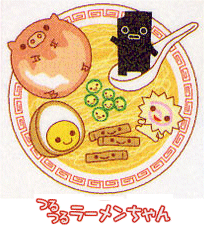
|
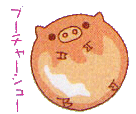
|

|
Tsurutsuru Ramenchan
Smooth and Slippery Little Ramen
|
Buu Chaashuu
Oink Pork Slice&sup4;
|
Ajitamachan
Little Flavored Egg
|
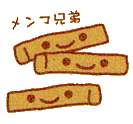
|
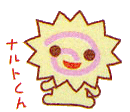
|

|
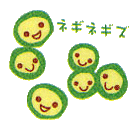
|
Menko Kyoudai
Little Bamboo Shoot Child&sup5;
|
Narutokun
Little Fish Cake&sup6;
|
Noritarou
Seaweed Eldest Son&sup7;
|
Neginegizu
Long Green Onion Onion
|

|

|

|
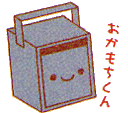
|
Ajitama Twins
Flavored Egg Twins
|
Naruto Makikun
Little Fish Cake Roll
|
Cup Menchan
Little Cup of Ramen
|
Okamochikun
Little Wodden Carrying Box&sup8;
|
Images
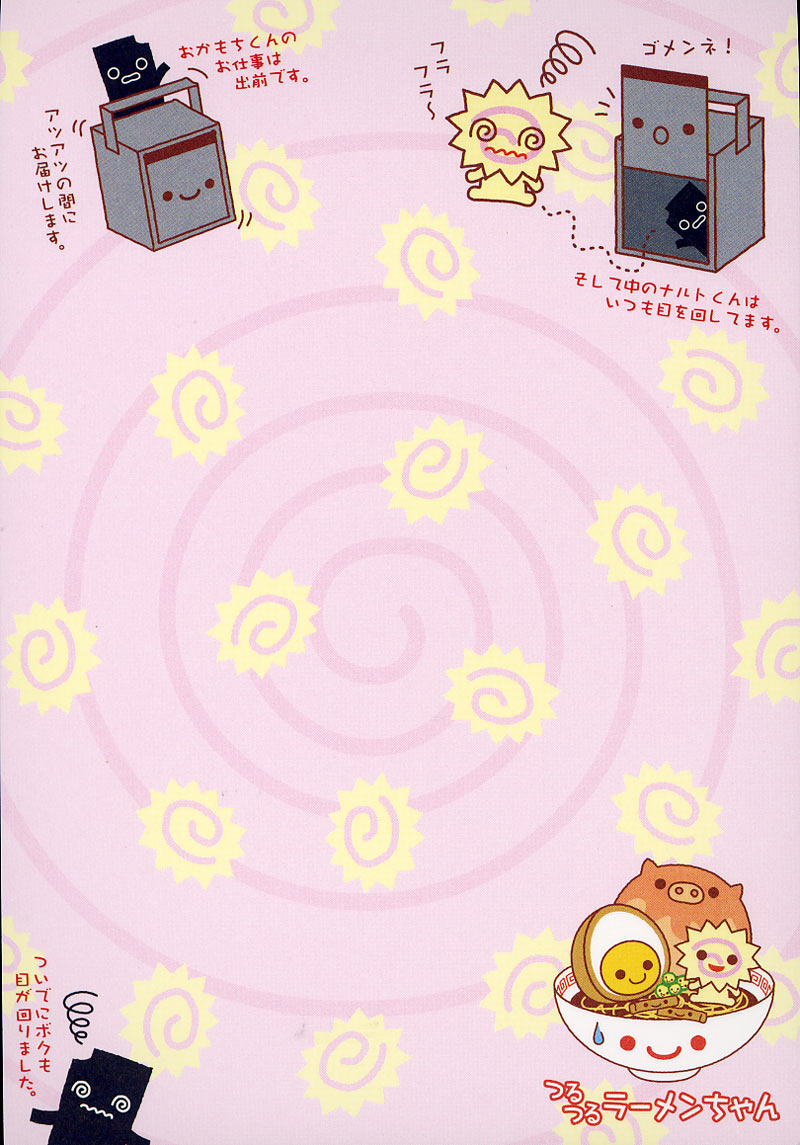
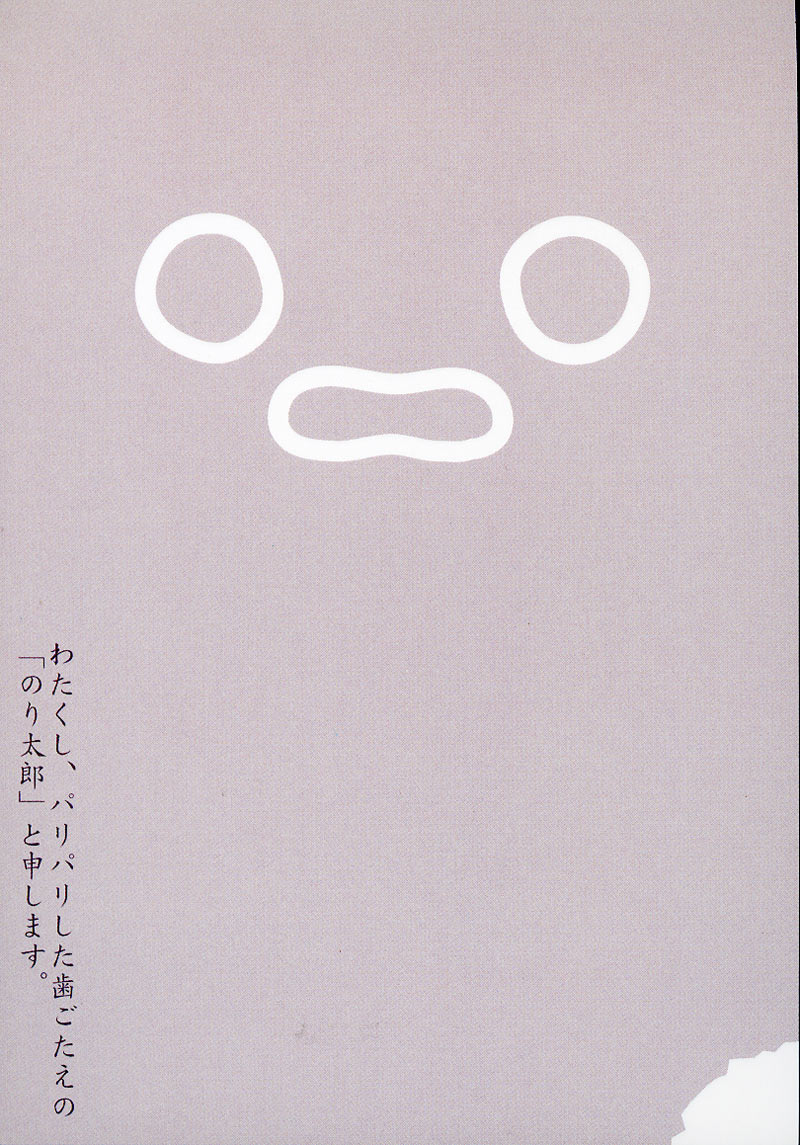
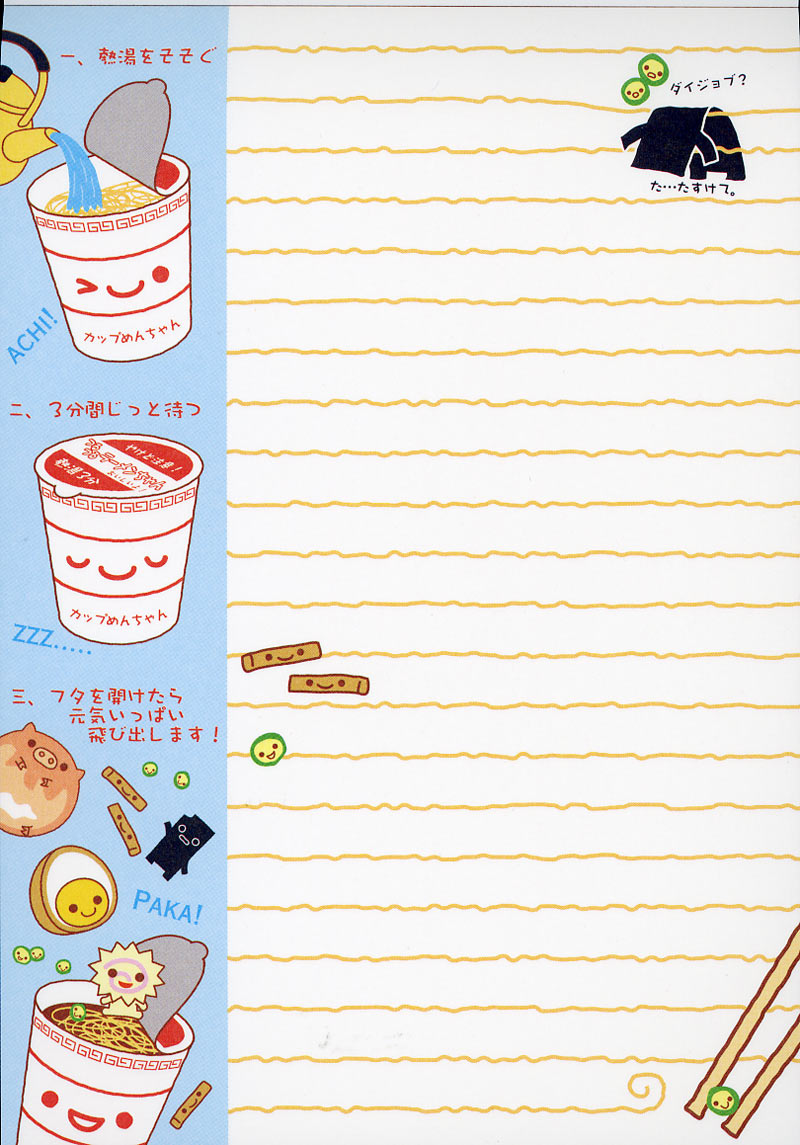
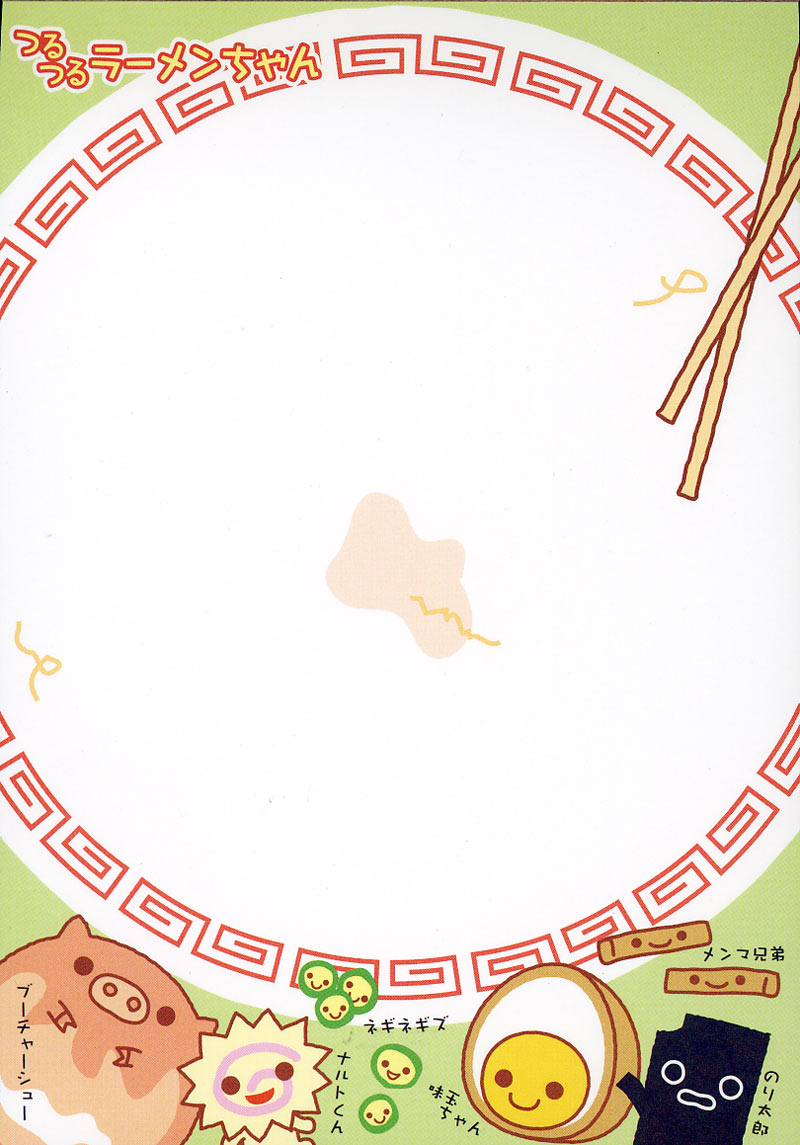
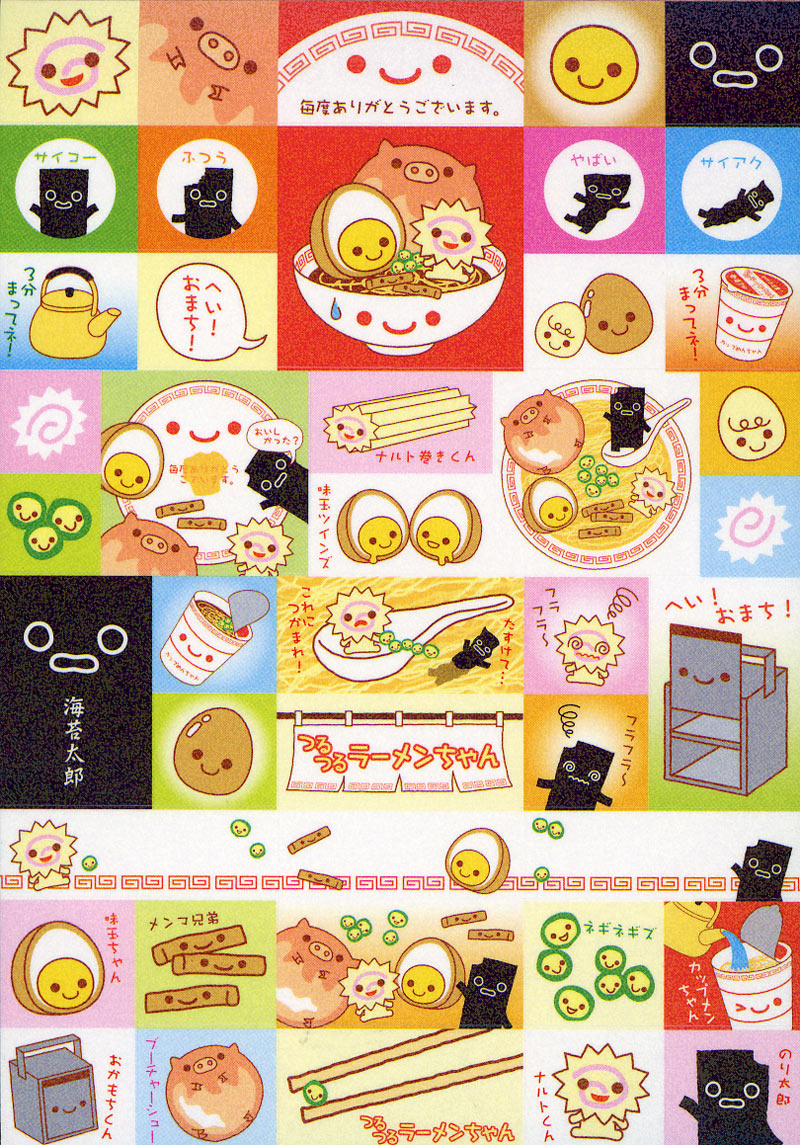

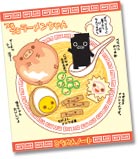
Some scans from SmileScan.
Translation Notes
- Ramen (ラーメン or 拉麺) is a Japanese noodle dish that originated in China. It tends to be served in a meat-based broth, and uses toppings such as sliced pork (チャーシュー), dried seaweed (海苔), kamaboko, green onions, and even corn. Almost every locality or prefecture in Japan has its own variation of ramen, from the tonkotsu ramen of Kyūshū to the miso ramen of Hokkaidō. Wikipedia: Ramen.
- Tonkotsu (豚骨, "pork bone") ramen has usually a cloudy white colored broth. It has a thick broth made by boiling pork bones, fat, and collagen over high heat for hours on end, suffusing the broth with a hearty pork flavor and a creamy consistency that rivals milk or melted butter or gravy. The noodles are thin and straight. It is a specialty of Kyūshū and is often served with beni shoga (pickled ginger). Wikipedia: Ramen.
- Torigara (鶏ガラ, "chicken bone") ramen has soup made from chicken bones, instead of pork bones.
- Chaashuu (チャーシュー) is a slice of pork found in ramen as a topping and is made by simmering the pork belly with garlic, ginger, sake and shoyu.
- Menma (麺媽) are bamboo shoots, prepared by simmering the dried bamboo shoots in the broth from making the chashu. The broth is sweetened with mirin.
- Naruto or Kamaboko (蒲鉾) is a fish cake with a pink spiral that becomes visible when it’s sliced thinly. Wikipedia: Kamaboko.
-
Tarou (太郎) is a stand-alone Japanese given name or a common name suffix for males (literally “eldest son”).
- Okamochi (岡持ち) is a box used for meal delivery services or catering to carry the food and tableware. Some types of okamochi have a sliding cover at the front to place the food in, and others have a removable cover on top. Wikipedia: 岡持ち.
|
|  |






















